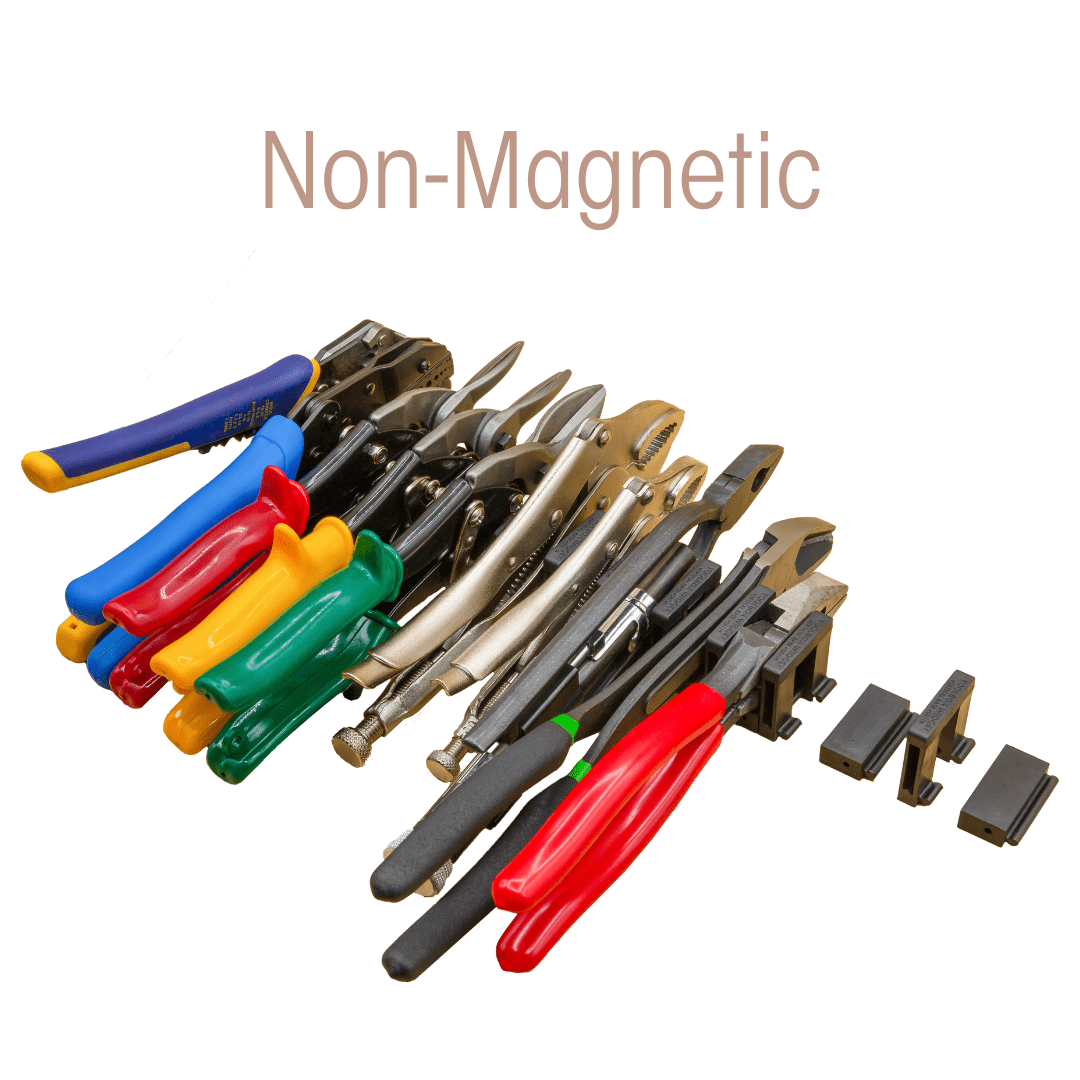Simple Tips for Organizing Your Toolbox
Keeping your toolbox organized doesn’t need to be a daunting task. With a few straightforward steps, you can transform your cluttered workspace into an efficient and functional setup. Here are some tips to get you started:
1. Sort and Categorize Your Tools
Start by emptying your toolbox completely. Lay out all your tools and sort them into categories—screwdrivers, wrenches, pliers, and so on. This will give you a clear picture of what you have and help you decide how to arrange them.
2. Declutter and Prioritize
Take this opportunity to remove any duplicate or broken tools. If you haven’t used a tool in years, consider storing it elsewhere or donating it. Focus on keeping the tools you use most often within easy reach.
3. Use Dividers or Compartments
Invest in tool organizers, dividers, or modular systems to create designated spaces for each category of tools. This prevents items from shifting around and makes it easier to find what you need.
4. Label Everything
Labels can be a game-changer for staying organized. Use labels to mark compartments, drawers, or bins. For example, label one section “Sockets” and another “Screwdrivers” to streamline your workflow.
5. Optimize Vertical Space
If you’re working with a large toolbox or workshop, make use of vertical space. Pegboards and magnetic strips are excellent for hanging frequently used tools, keeping them off the workspace while remaining accessible.
6. Clean as You Go
Make it a habit to clean your tools and put them back in their designated spots after each use. This small step can prevent clutter from building up again.
7. Protect Against Moisture
Store your toolbox in a cool, dry area, and consider adding moisture absorbers or silica gel packs to prevent rust. This is especially important if your tools are stored in a basement or garage.

The Benefits of Staying Organized
An organized toolbox doesn’t just save time; it enhances your entire workflow. You’ll be able to tackle projects more efficiently, reduce frustration, and protect the investment you’ve made in your tools. With just a little effort upfront, you can create a workspace that’s functional, tidy, and ready for any task.




